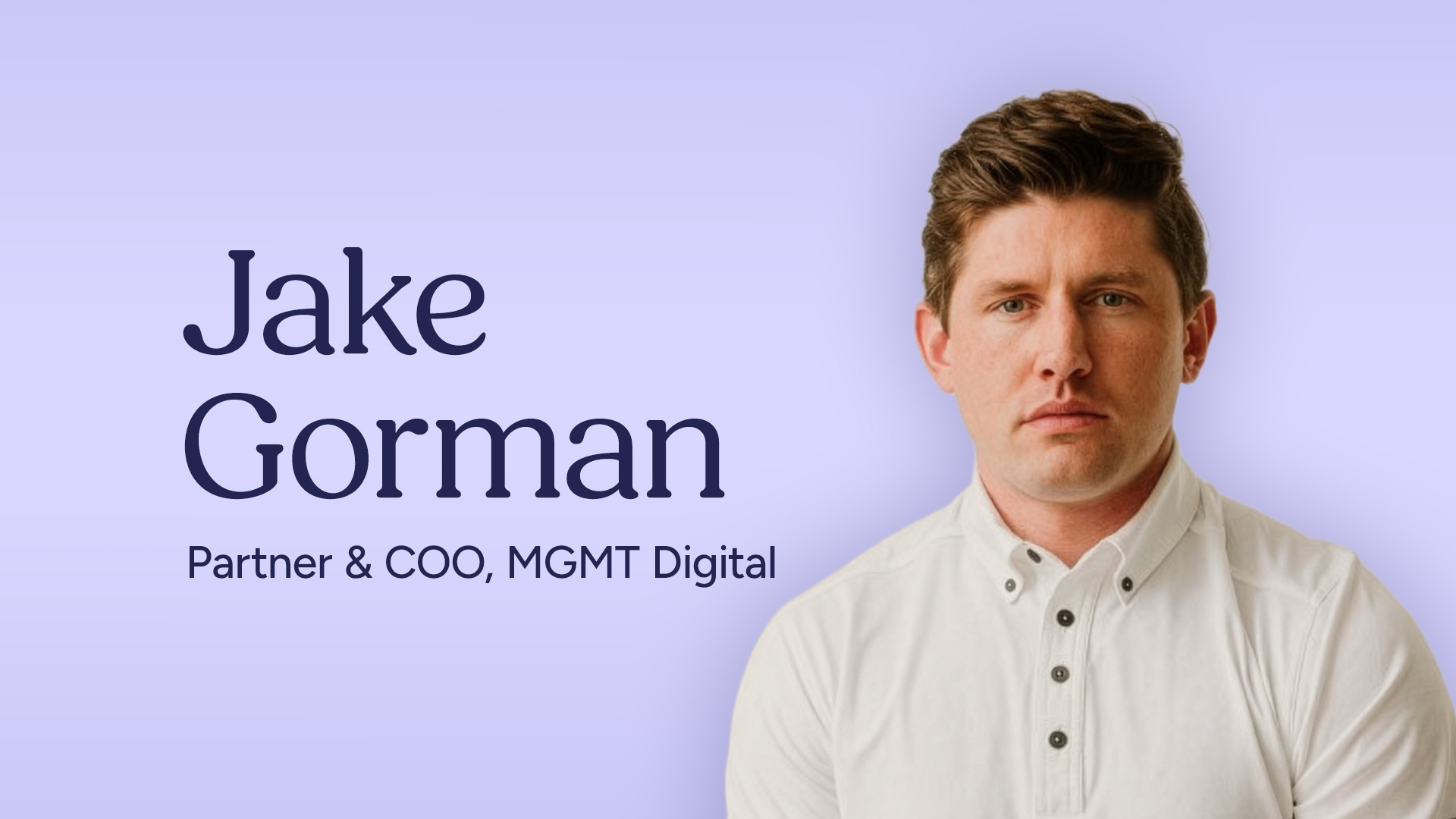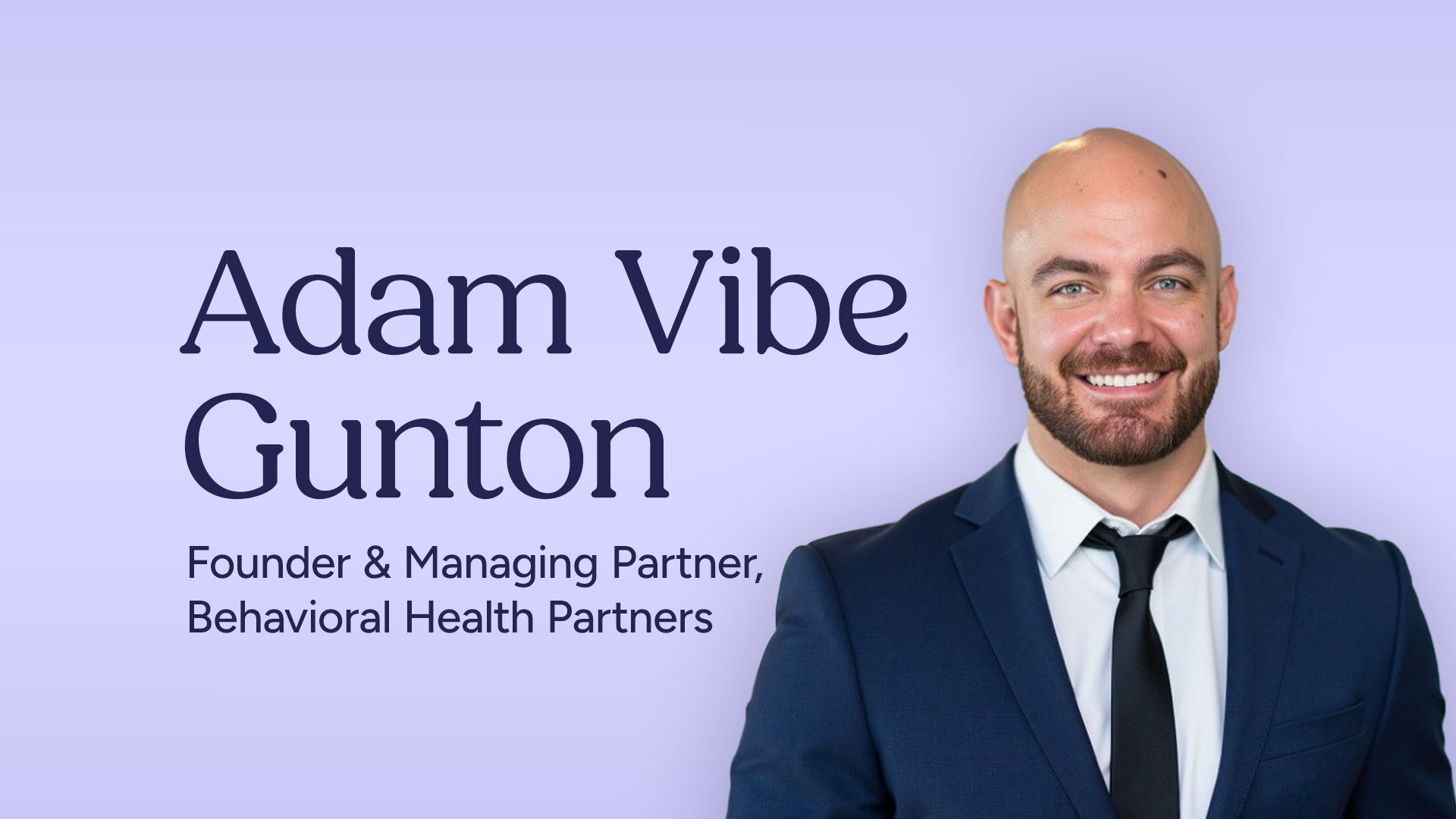Behavioral Health Branding: 11 Ways to Build Trust & Stand Out Online
This article summarizes a conversation from the Recovery Reach podcast, hosted by Andrew Averill, where he interviews marketing and business experts in the behavioral health and addiction treatment field to help organizations grow their impact.
Branding has never been more important in behavioral health than it is today. For years, treatment centers relied on referrals, alumni channels, and business development relationships. Branding was often seen as optional — a design project at best, or a distraction from admissions at worst.
But the industry has changed. Digital marketing now dominates patient acquisition. Competition is more intense. Regulation is more complex. And consumers are more informed, more sensitive to trust signals, and more discerning than ever before.
On this episode of Recovery Reach, Andrew Averill sits down with Zach Gross, CEO of MGMT Digital, to break down why branding is now mission-critical — and what treatment centers must do to build trust, credibility, and connection in today’s marketplace.
Below are 11 essential insights from their conversation.
1. Understand the Difference Between Branding and Marketing
One of the most common misconceptions in behavioral health is that “branding” simply means logos and design — or that branding and marketing are interchangeable. Zach stresses that this misunderstanding leads to weak messaging and weak results.
As Zach clarified:
Branding is really the who we are and the why and the reasons we exist. And then the marketing is simply the promotion of all of that.
Branding answers identity questions.
Marketing amplifies that identity out into the world.
When centers skip branding and leap straight into SEO or PPC, they often end up sounding indistinguishable from competitors — which dilutes every marketing dollar they spend.
2. Recognize Why Branding Matters More Now Than Ever Before
Eight years ago, behavioral health marketing was radically different. Digital competition was low, referral networks carried most admissions, and paid ads delivered immediate results with little sophistication.
Today, the ecosystem is far more crowded and far more regulated.
As Zach observed:
Digital marketing eight years ago was not the biggest avenue for people to do business within this industry. … Now there’s just so much competition online.
Branding has become a necessity because it’s one of the few ways to ethically and sustainably differentiate a treatment center in a saturated digital environment.
3. Adapt to the Modern, Educated Consumer
Today’s treatment seeker behaves more like a sophisticated researcher than a passive recipient of referrals. They compare options, evaluate credibility, and study websites closely — especially when they are scared or overwhelmed.
Consumers now:
-
Click the top 3–5 Google results
-
Compare messaging across sites
-
Evaluate tone and emotional resonance
-
Look for signs of legitimacy, safety, and professionalism
-
Make decisions based on trust, not just visibility
As Andrew summed it up well:
Everyone is saying the same thing now — the same headlines, the same promises, the same phrasing. When every provider sounds identical, the consumer has no choice but to dig deeper and look for the one that feels different.
Branding is what guides the consumer toward the treatment center that feels right — not just the one that ranks highest.
4. Build a Brand That Establishes Emotional Connection — Not Just Design Consistency
Branding is often mistaken for design choices. But in behavioral health, emotional resonance is the cornerstone of trust.
Zach makes it clear that branding must go far beyond color palettes and typography.
As Zach explained:
Branding really needs to be intentional. It’s not just colors, fonts, a logo. It’s who you are, why you care and what makes you different — emotionally and ethically.
Yes, strong design supports trust — but messaging, meaning, and mission are what create connection. And connection is what convinces someone to reach out for help.
5. Use Branding to Show That You Understand What Your Clients Are Experiencing
People visiting treatment center websites are often overwhelmed, ashamed, or scared. They aren’t evaluating a consumer product — they’re evaluating a lifeline.
Branding must reflect empathy, clarity, and safety.
As Zach put it:
People aren’t just buying a service when they’re looking for treatment. What they are looking for is hope, safety, credibility, trust.
A brand that communicates understanding and reassurance is far more likely to convert visitors into callers.
6. Craft Messaging That Feels Meaningful and Distinctive — Not Generic
Visit several treatment websites and you’ll see the same statements repeated endlessly:
-
“Personalized care”
-
“Evidence-based treatment”
-
“Holistic approach”
-
“Compassionate team”
These statements aren’t wrong — they’re just not differentiators.
MGMT Digital’s branding process begins with deep, open-ended conversations. The goal is to uncover:
-
The founder’s motivation
-
The center’s origin story
-
Philosophical principles
-
Cultural values
-
Beliefs about recovery
-
What makes their approach truly unique
This discovery process produces messaging that feels human, specific, and emotionally resonant.
7. Conduct a Comprehensive Brand Audit — Internally and Externally
A real brand identity goes far beyond design. It includes:
-
Mission
-
Vision
-
Philosophy of care
-
Voice and tone
-
Story and narrative
-
Digital presence
-
Team culture
-
Visual identity
-
Market positioning
-
Emotional resonance
Zach notes that many centers still operate without a documented mission or philosophy — leaving messaging unclear, inconsistent, and unaligned across teams.
MGMT’s branding team blends strategists, writers, designers, and brand managers to evaluate each dimension thoroughly and cohesively.
8. Avoid the Most Common Branding Mistakes Treatment Centers Make
Based on hundreds of client interactions, Zach has seen the same oversights repeatedly.
Most common mistakes include:
-
Ignoring branding entirely
-
Treating branding like a design task instead of identity work
-
DIY branding without external perspective
-
Copying competitor websites or messaging
-
Over-focusing on aesthetics and neglecting emotion
-
Using stock language instead of real values and voice
As Zach shared:
The biggest mistake would be not focusing on it at all and thinking that it doesn’t matter.
In a competitive landscape, brand neglect directly reduces conversions and trust.
9. Recognize That Branding Builds Both Logical and Emotional Trust
Brand trust comes in two forms:
Logical trust (professional credibility)
-
Clean, modern website
-
Consistent color palette
-
Clear navigation
-
Accessible UX
-
High-quality imagery
-
Accurate information
Emotional trust (human connection)
-
Founder videos
-
Staff introductions
-
Stories of recovery
-
Human-centered language
-
Warm, supportive tone
-
Mission-driven messaging
As Zach emphasized:
Branding should reflect who you are, why you care and what makes you different. And that’s not just visually — that’s emotionally and ethically.
Emotional trust — not just professional polish — is what inspires courage to pick up the phone.
10. Use a Structured, Data-Backed Branding Process
Though branding includes creative elements, effective branding is not purely subjective. MGMT Digital grounds each decision in data, user behavior research, and industry best practices.
Their process includes:
-
Extensive onboarding conversations
-
Mission and values discovery
-
Audience and competitor analysis
-
Messaging architecture
-
Visual identity exploration
-
UX and design strategy
-
Data-backed creative decisions
-
Collaborative feedback cycles
As Zach noted:
It’s a fine balance of being creative and unique and being transparent. There’s a lot of things that work within this industry… you don’t want to reinvent the wheel on literally everything.
This structured approach ensures branding is both unique and strategic.
11. Accept That Branding Always Matters — No Matter Your Size or Stage
Whether a treatment center is new, growing, or decades established, branding is never optional. It is the backbone of trust-building, messaging clarity, and long-term sustainability.
As Zach emphasized:
Brand always matters. Whether you’re just starting out or you’ve been in the industry for decades, your brand is what builds trust, communicates who you are, and shows people why they should choose you. Without a strong brand, nothing else you do will create the lasting impact you're aiming for.
A strong brand improves marketing ROI, enhances reputation, strengthens referral partnerships, and increases conversions — not once, but continually.
Final Thoughts
Branding in behavioral health is not a luxury. It is a foundational component of trust, credibility, and connection. Andrew Averill often emphasizes that marketing and branding work together: branding gives marketing substance, and marketing gives branding reach.
When done well, branding helps people feel safe enough to take the first vulnerable step toward asking for help.
And at its core, everything comes back to the same mission:
The more people you reach, the more people you can help.

 By
By


